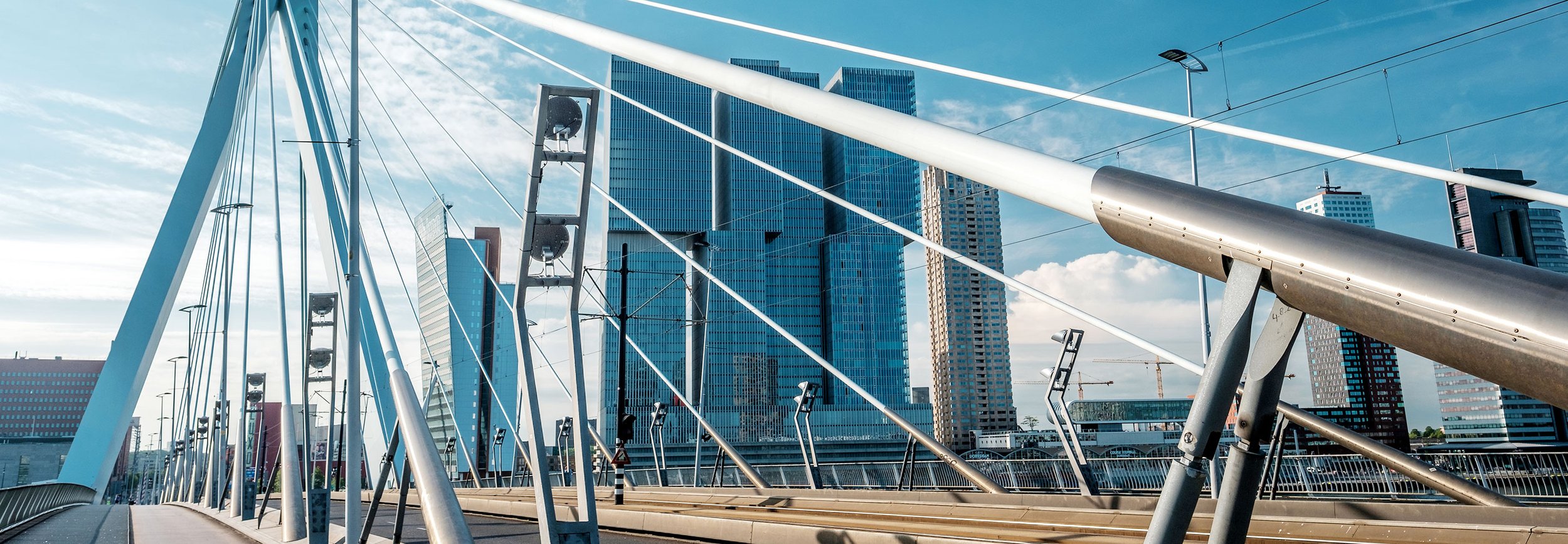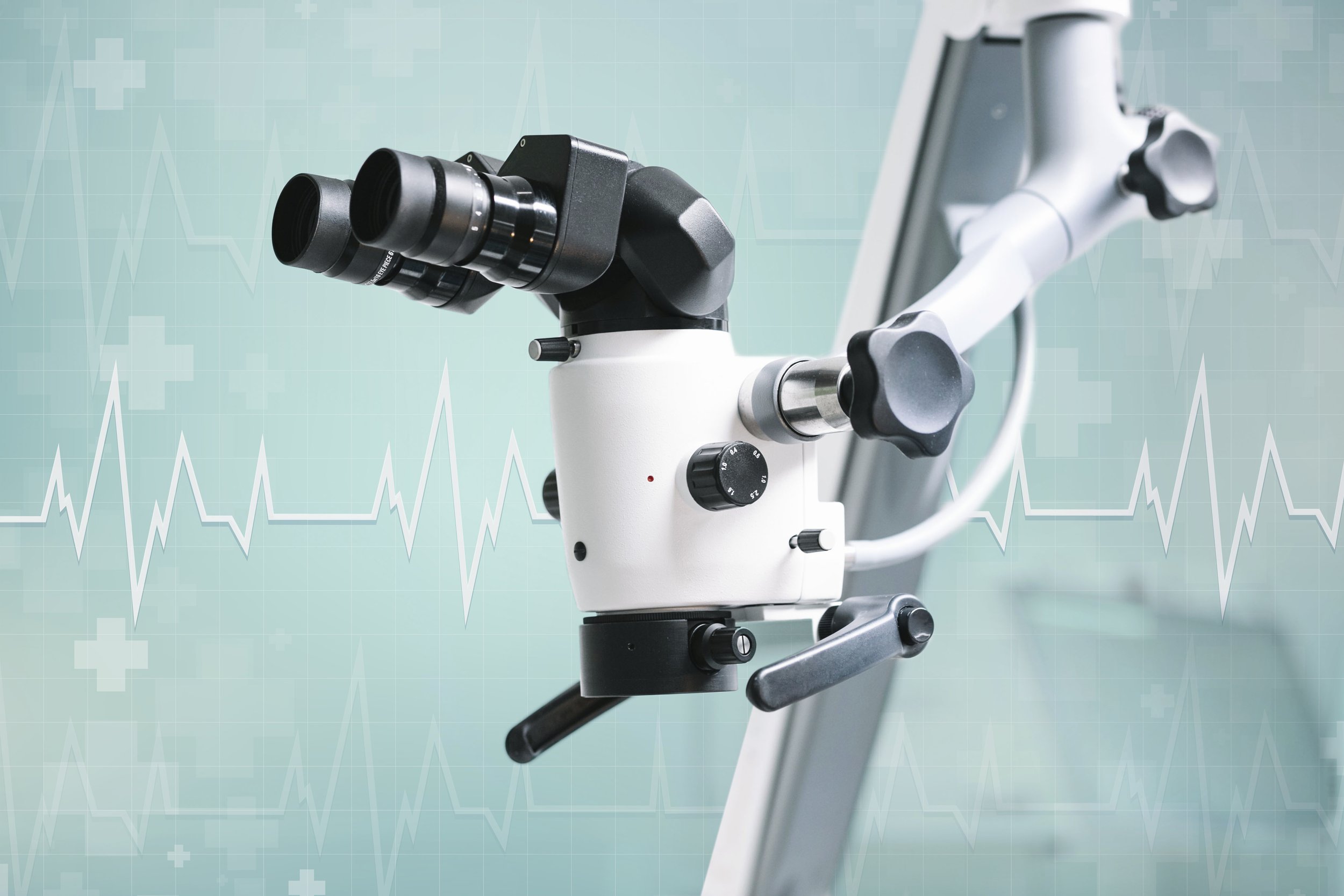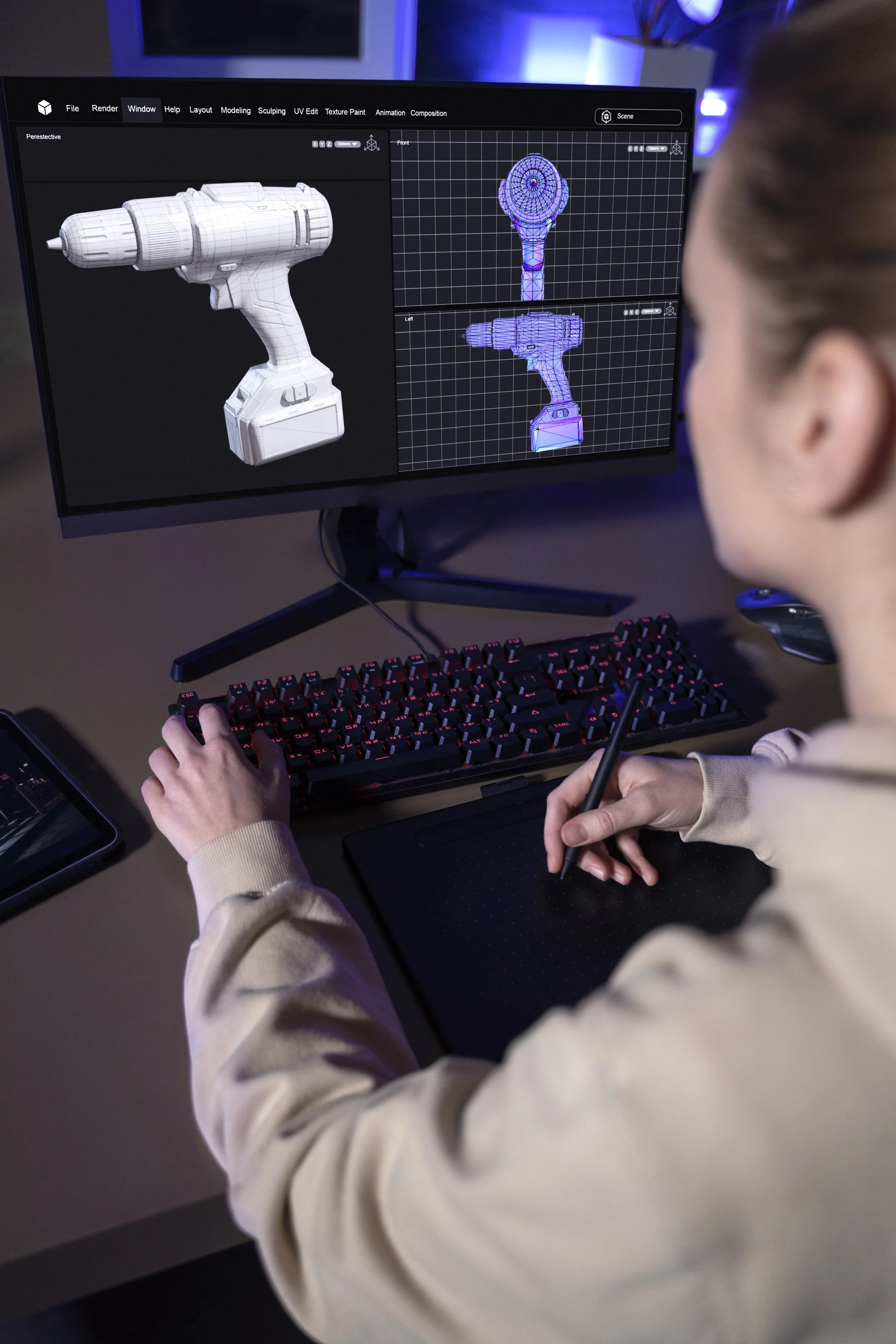
Customized Solutions Tailored for Success
Expertise
SUNAGO Group provides personalized services shaped around each client’s specific goals and challenges. With experience across energy, infrastructure, sustainability, and technology, the team develops clear strategies and delivers practical solutions that drive real results and long-term growth.
By placing collaboration at the core and staying aligned with each client’s vision, SUNAGO Group continues to support those looking to make meaningful progress and lasting impact.
1. Property and Buildings
Designing, constructing, and managing the built environment.
-
Designs single-family homes, apartment buildings, and housing developments.
Balances aesthetics, livability, and cost-efficiency in home design.
Integrates smart home technology and energy-efficient solutions.
Ensures compliance with zoning laws, safety regulations, and accessibility standards.
Works closely with landscape architects and urban planners to optimize community layouts.
-
Designs office buildings, retail stores, hotels, and entertainment venues.
Focuses on maximizing space efficiency and user experience.
Ensures compliance with fire codes, accessibility laws, and structural regulations.
Integrates branding, customer flow, and functionality into business spaces.
Uses sustainable materials and modern construction techniques for energy efficiency.
-
Designs indoor spaces with functionality, aesthetics, and user experience in mind.
Optimizes spatial planning for homes, offices, hotels, and commercial spaces.
Works with lighting, materials, and textures to enhance the ambiance of a space.
Focuses on ergonomics, accessibility, and user interaction with the built environment.
Integrates sustainable materials and smart technology into interior design.
-
Ensures that buildings, bridges, and towers can withstand loads and environmental conditions.
Uses advanced structural analysis to design safe and durable frameworks.
Works with architects to ensure aesthetic designs remain structurally sound.
Selects materials and construction techniques suited to project needs.
Ensures compliance with building codes, seismic safety, and wind resistance standards.
-
Designs integrated building systems, including HVAC, electrical, and plumbing.
Ensures occupant comfort, safety, and energy efficiency in buildings.
Works closely with architects and construction teams to coordinate system installations.
Focuses on optimizing energy consumption and water usage.
Plays a crucial role in the planning of smart and high-performance buildings.
-
Designs buildings with minimal environmental impact and long-term sustainability.
Uses passive design strategies to reduce energy consumption.
Integrates renewable energy sources such as solar panels and green roofs.
Ensures compliance with LEED, BREEAM, and other green building certifications.
Innovates with biodegradable, recycled, and low-carbon materials.
-
Designs and delivers healthcare environments that prioritize patient care, operational efficiency, and infection control.
Integrates complex medical technologies with architectural planning to support specialized treatments and workflows.
Ensures compliance with stringent health regulations, safety codes, and sustainability standards.
Coordinates with healthcare professionals to optimize spatial layout for staff mobility and patient experience.
Incorporates modular and flexible design solutions to accommodate future medical innovations and facility expansion.
2. Transport and Infrastructure
Mobility, urban planning, and large-scale infrastructure projects.
-
Designs and constructs roads, bridges, tunnels, and large-scale infrastructure.
Ensures structural integrity, durability, and public safety in projects.
Uses modern materials and techniques to improve construction efficiency.
Works on flood control, stormwater management, and drainage systems.
Collaborates with urban planners to design resilient cities.
-
Plans and designs transportation hubs such as airports, rail stations, and highways.
Focuses on functionality, accessibility, and user flow optimization.
Integrates smart transport solutions such as automated ticketing and mobility hubs.
Enhances public spaces with pedestrian-friendly designs and urban connectivity.
Works with civil engineers to ensure infrastructure durability and long-term usability.
-
Develops master plans for city growth, zoning, and land use.
Ensures that urban spaces are designed for functionality, sustainability, and resilience.
Incorporates green spaces, public amenities, and transportation networks into urban designs.
Uses GIS, AI, and data modeling for predictive urban development.
Works with governments, businesses, and communities to optimize city planning.
3. Earth and Environment
Sustainability, environmental impact, and resource management.
-
Designs systems to manage water quality, air pollution, and waste treatment.
Works on projects that reduce industrial and urban environmental footprints.
Develops renewable energy and water conservation strategies.
Helps industries and municipalities meet environmental regulations.
Uses AI and data modeling to predict and mitigate environmental risks.
-
Designs outdoor spaces such as parks, gardens, and urban green zones.
Focuses on biodiversity, ecological balance, and climate adaptation.
Enhances urban living by integrating nature into city planning.
Develops flood-resistant and drought-tolerant landscape solutions.
Uses sustainable landscaping materials and water-efficient irrigation systems.
4. Strategic Planning and Economic Analysis
Business development, economic analysis, and strategic decision-making.
-
Develops strategies to guide government, corporate, and infrastructure projects.
Ensures projects align with economic, social, and environmental goals.
Provides decision-making frameworks for long-term investments.
Analyzes political, legal, and financial risks in project planning.
Helps shape policies that drive industry standards and innovations.
-
Assesses the financial feasibility and impact of large projects.
Conducts cost-benefit analysis for public and private sector initiatives.
Helps optimize budget allocation and risk assessment.
Develops financial models for long-term sustainability.
Supports investment decisions through quantitative and qualitative insights.
5. Energy and Resources
Energy systems, sustainable solutions, and industrial processes.
-
Develops and maintains power grids and electrical infrastructure.
Designs renewable energy integration solutions, such as solar and wind power.
Works on electrification projects for urban and rural areas.
Ensures power reliability and efficiency in industrial applications.
Develops smart energy systems for commercial and residential use.
-
Designs industrial machinery, automation, and manufacturing systems.
Develops HVAC, refrigeration, and thermodynamic solutions.
Focuses on sustainability and efficiency in industrial production.
Advances robotics, AI-driven automation, and precision engineering.
Enhances mechanical systems for transportation and energy sectors.
6. Virtual Engineering and Business support
Dedicated teams and outsourcing services using a scalable seats-model.)
-
Provides skilled professionals from countries like the Philippines, tailored to project needs.
Offers flexibility in scaling teams up or down based on project demands.
Ensures seamless integration with your existing team and workflows.
Reduces operational costs while maintaining high-quality standards.
Covers a wide range of expertise, including IT, customer support, and back-office functions.
-
Flexible engagement model allowing you to "rent" skilled seats for specific roles.
Ideal for short-term projects, long-term support, or rapid team scaling.
Offers cost-effective solutions by leveraging offshore talent.
Provides dedicated workspaces equipped with necessary infrastructure.
Simplifies management through transparent pricing and performance tracking.
7. Med Tech and Life Science
Medical technologies, intelligent diagnostics, and embedded systems integration.
-
Design and development of precision electronic systems, including analogue and mixed-signal circuits, for high-performance data acquisition in medical and diagnostic applications.
Integration of advanced software systems with signal and image processing, enabling real-time analysis and control in measurement systems, point-of-care diagnostics, and sensor-based platforms.
Application of machine vision, machine learning, and deep learning to enhance detection accuracy, automate interpretation, and support intelligent decision-making in diagnostic workflows.
Development of sensing technologies and embedded systems that combine electronic engineering with mechanical integration—delivering innovative, user-friendly, and scalable solutions.
End-to-end engineering R&D ensuring regulatory compliance, safety, and quality in the design and production of medical technologies.
8. Product Development and Advanced Technology
Innovative engineering, reverse design, and performance-driven product development.
-
Understanding existing products by analysing physical products or systems to understand its structure, function, and design - especially when original documentation is unavailable.
Reconstruction and reproduction of parts or systems that are outdated, discontinued, or require modification.
Failure Analysis and Improvement by investigating why something failed and how it can be improved in future iterations or redesigns.
Innovation and optimization by deconstructing products, discover design efficiencies, material choices, or assembly methods to inform future development and innovation.
Reverse engineering is widely used in manufacturing, automotive, aerospace, software, and medical devices -where understanding and improving complex components is critical.
-
A structured process that transforms concepts into reliable, manufacturable solutions by combining analytical modelling, system architecture, and iterative testing.
Enables prediction and optimization of performance by using different for thermal, structural, and fluid analysis, allowing for informed design decisions early in the development cycle.
Analytical models help evaluate system behaviour under varying real-world conditions, supporting robust performance across manufacturing variation and use environments.
Physical testing complements simulation by validating assumptions, identifying discrepancies, and confirming design integrity, using statistically sound methods, controlled test matrices, and precision data acquisition systems.
Follows rigorous quality standards to ensure traceability, repeatability, and alignment between design intent, verification, and scalable manufacturing readiness.
-
Rapidly develops functional prototypes to test form, fit, and functionality of products and systems.
Bridges the gap between concept and production, enabling early-stage validation and stakeholder feedback.
Uses additive manufacturing, CNC, and other agile fabrication methods to speed up innovation cycles.
Refines ergonomics, user interaction, and mechanical performance before full-scale production.
Reduces development costs and time-to-market by identifying design flaws early.
-
Builds high-fidelity digital representations of components, systems, and structures for design, coordination, and visualization.
Streamlines collaboration across disciplines by providing a unified, data-rich model environment.
Enhances project accuracy and clash detection in Building Information Modeling (BIM) workflows.
Accelerates decision-making with immersive, interactive models that clarify design intent.
Supports integration with fabrication and construction technologies for seamless digital-to-physical translation.
-
Captures accurate, high-resolution spatial data of physical objects and environments.
Facilitates reverse engineering, as-built documentation, and quality control.
Enables rapid, non-contact measurement for complex geometries and hard-to-reach areas.
Integrates with CAD and BIM systems for precise modelling and analysis.
Streamlines renovation, inspection, and manufacturing workflows with digital accuracy.
-
Uses advanced computational tools to test design performance under real-world conditions before physical development.
Models complex systems—thermal, structural, fluid, or electrical—to reduce risk and optimize outcomes.
Enables rapid iteration and refinement of designs through scenario-based analysis.
Supports predictive maintenance and system resilience by simulating wear, failure, and external stressors.
Integrates with digital twins to monitor, improve, and extend the lifecycle of infrastructure and products.








